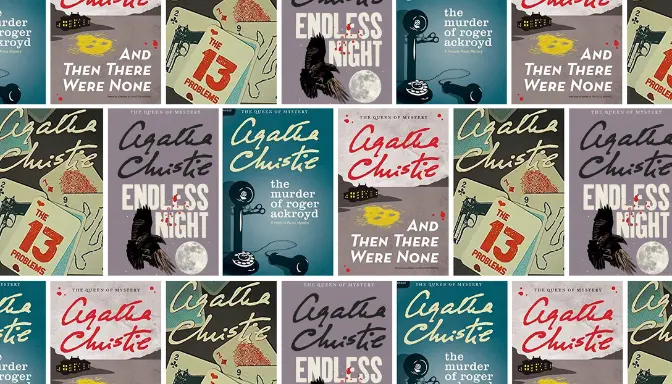She was finally found on December 14, at a hotel in Harrogate, where she had checked in under the name of her husband’s mistress. She claimed to have no memory of what had happened, and never spoke publicly about the incident.
Some believe she suffered a nervous breakdown, while others suggest she staged the whole thing as a publicity stunt or a revenge plot. The mystery remains unsolved to this day.
She divorced her husband in 1928, and travelled to the Middle East, where she met her second husband, Max Mallowan, a young archaeologist.
She accompanied him on his expeditions, and used the exotic locations and cultures as inspiration for some of her novels, such as Murder on the Orient Express, Death on the Nile, and Murder in Mesopotamia.
The Golden Age of Detective Fiction
The 1930s and 1940s are considered the golden age of detective fiction, and Agatha Christie was at the peak of her creativity and popularity. She wrote some of her best and most famous novels, such as The Murder of Roger Ackroyd, And Then There Were None, The ABC Murders, and The Murder at the Vicarage.
She also introduced Miss Marple, the elderly lady who solves crimes by observing human nature, in a series of short stories and novels.
She experimented with different styles and formats, such as writing from the perspective of the murderer, using multiple narrators, or incorporating nursery rhymes and puzzles into her plots.
She also wrote several plays, including The Mousetrap, which opened in London in 1952, and became the longest-running play in history, with over 25,000 performances.
She also adapted some of her novels for the stage, such as Witness for the Prosecution, which was nominated for an Academy Award for Best Picture in 1957.
Later Years and Death
Agatha Christie continued to write until her old age, although her output and quality declined in the 1960s and 1970s. She suffered from arthritis, and possibly Alzheimer’s disease, which affected her memory and language skills.
She died on January 12, 1976, at the age of 85, from natural causes. She was buried in the churchyard of St Mary’s, Cholsey, near her home in Oxfordshire.






